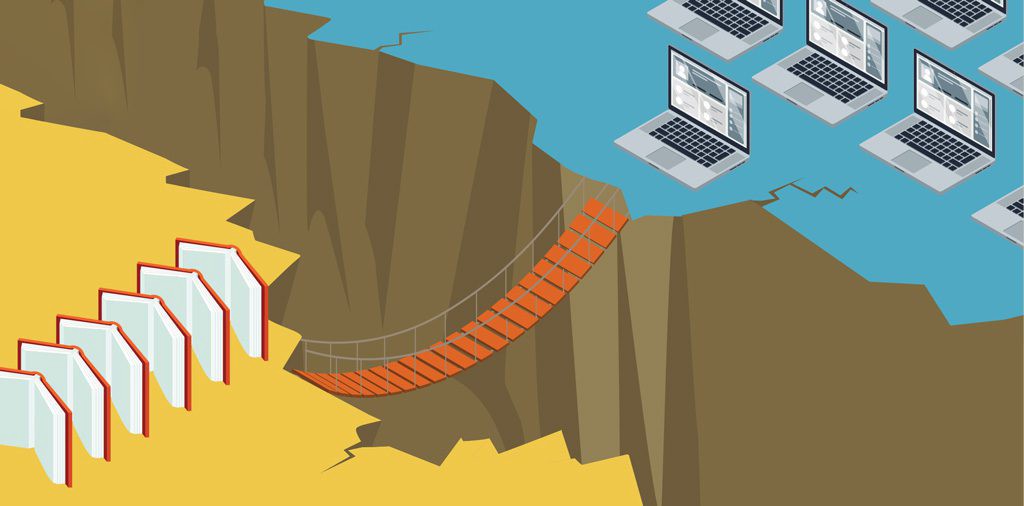In an age where information flows freely and connectivity is the backbone of society, the digital divide stands as a stark reminder of persistent inequality. This divide, the gap between those with access to modern information and communication technology (ICT) and those without, underscores a growing chasm that impedes equal opportunities for all. As we delve into the complexities of the digital divide, it becomes clear that bridging this gap is imperative for fostering inclusivity and equal opportunity in the 21st century.
Understanding the Digital Divide
The digital divide encompasses more than just the lack of internet access; it also includes disparities in the ability to use ICT effectively. Factors such as age, income, education, and geography play significant roles in widening this gap. Rural and underserved communities often face infrastructural challenges, while economically disadvantaged groups struggle with affordability issues. Additionally, a lack of digital literacy leaves many unable to leverage technology to improve their lives.
The Impact on Education and Employment
The digital divide has profound implications for education and employment, sectors increasingly reliant on technology. The shift towards online learning, accelerated by the COVID-19 pandemic, highlighted the educational disparities as students without internet access or digital devices were left at a significant disadvantage. Similarly, in the job market, the inability to access digital job postings or acquire tech-centric skills limits employment opportunities, perpetuating a cycle of poverty and exclusion.
Bridging the Gap: Global Efforts and Challenges
Efforts to bridge the digital divide have seen mixed results. Initiatives like providing low-cost internet services, distributing digital devices to underserved populations, and implementing digital literacy programs have made strides in narrowing the gap. However, these efforts often face challenges such as sustainable funding, ensuring long-term impact, and reaching the most isolated communities.
The Role of Governments and Private Sector
The fight against the digital divide requires a collaborative approach. Governments can play a pivotal role by formulating policies that encourage broadband expansion, subsidizing internet access, and integrating digital literacy into education systems. The private sector, on the other hand, can contribute through innovation, creating affordable technology solutions, and partnering with communities to understand and address their specific needs.
The Future: Opportunities and Threats
As technology continues to evolve, the digital divide could either widen or narrow. The rapid pace of technological advancement threatens to leave more people behind, yet it also presents an opportunity to develop innovative solutions to bridge the gap. Ensuring equitable access to emerging technologies such as 5G, artificial intelligence, and the Internet of Things (IoT) is crucial for creating a more inclusive digital future.
Conclusion
The digital divide represents a significant barrier to equal opportunities in the 21st century, affecting education, employment, and social inclusion. Bridging this divide requires concerted efforts from governments, the private sector, and communities. By prioritizing accessibility, affordability, and digital literacy, we can move towards a future where technology serves as a bridge rather than a barrier, ensuring equal opportunities for all.
As we navigate the challenges and opportunities presented by the digital divide, it is imperative that we keep the conversation going, fostering innovation and collaboration to create a more connected and inclusive world.

